TPO - In 946 AD, the Changbaishan-Tianchi volcano, located on the border between China and Korea, erupted violently. The eruption released dozens of cubic kilometers of magma and caused a massive flood from the top of the volcano, creating a lake that is now known as Heaven Lake. Evidence of the flood can still be seen in the form of large boulders and smaller rocks that have flowed down from the volcano's upper reaches.
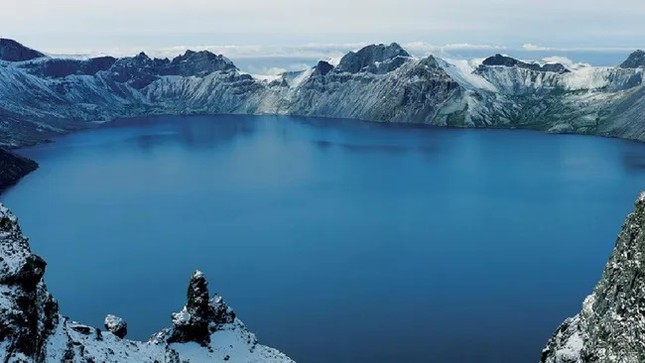 |
More than a thousand years ago, Heaven Lake flooded the surrounding area when the Changbaishan-Tianchi volcano, located on the border between China and North Korea, erupted. (Photo: Charlie Fong) |
Changbaishan-Tianchi, known as Baekdu in Korean, could erupt again, so volcanologists want to understand the risks it poses.
To investigate the catastrophic flooding that followed the 946 eruption, Qin and his colleagues dug deep into the volcanic sediments. Their work showed that at least 1 cubic kilometer of water poured out of the crater, causing sediments to erode at a rate of up to 34 meters per hour over about three hours.
The researchers also concluded that the eruption consisted of two phases, with flooding occurring between the two. Other scientists have hypothesized that the flooding occurred in an immediate eruption after the eruption cracked the volcano's rim, but the authors of this study found this scenario unrealistic because the sediments were not as widespread as expected from a sudden eruption.
The researchers proposed three alternative scenarios. In the first scenario, water simply poured out over the rim of the crater in response to magma erupting from below.
In the second scenario, the volcano triggers an earthquake that collapses the inner wall of the crater into the lake, causing it to overflow.
And in the third scenario, rainfall before the event filled the crater to its maximum capacity and weakened the crater rim, allowing water to flow out.
Understanding ancient floods like the 946 AD event could help vulnerable populations prepare for future natural disasters, not only at Changbaishan-Tianchi but at volcanoes around the world , the researchers say.
According to Live Science
Source: https://tienphong.vn/ho-thien-duong-o-bien-gioi-trieu-tien-duoc-tao-ra-tu-vu-phun-trao-nui-lua-tham-khoc-nhu-the-nao-post1684330.tpo


![[Photo] General Secretary To Lam receives the Director of the Academy of Public Administration and National Economy under the President of the Russian Federation](/_next/image?url=https%3A%2F%2Fvphoto.vietnam.vn%2Fthumb%2F1200x675%2Fvietnam%2Fresource%2FIMAGE%2F2025%2F12%2F08%2F1765200203892_a1-bnd-0933-4198-jpg.webp&w=3840&q=75)





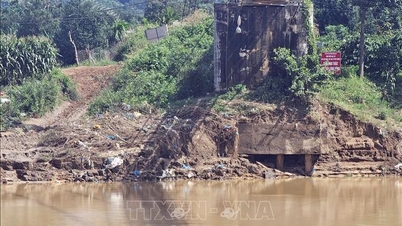

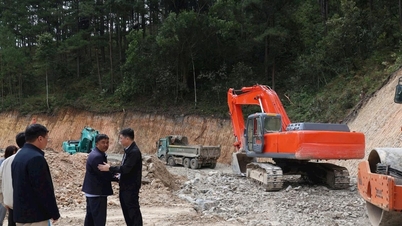

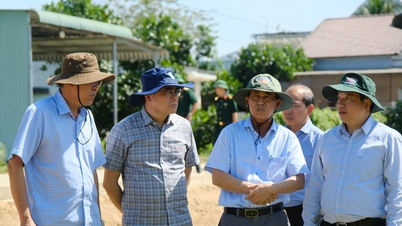
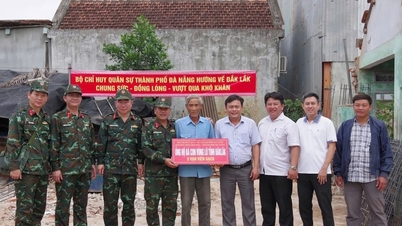












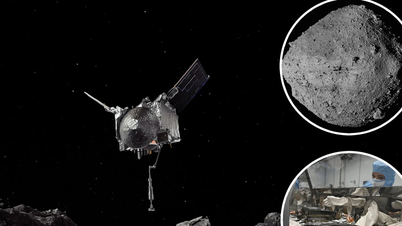



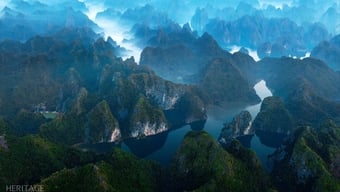







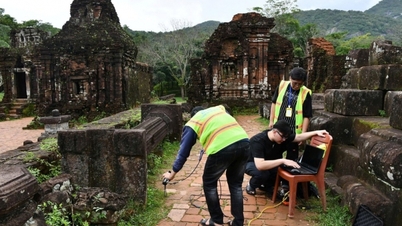






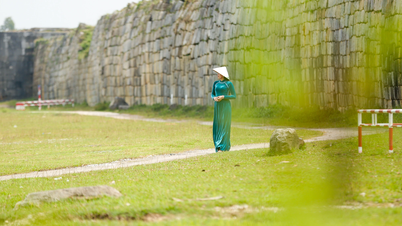






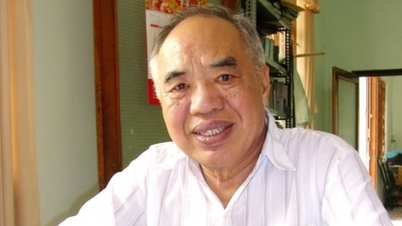






















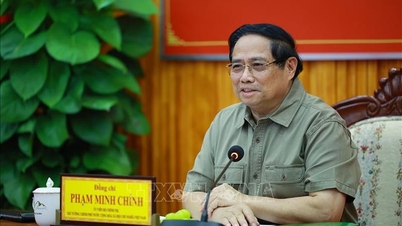



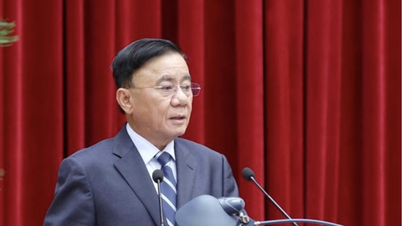













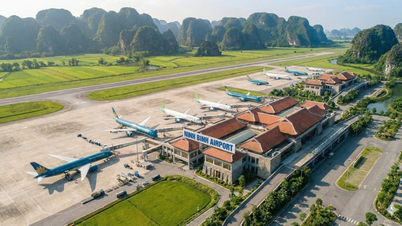

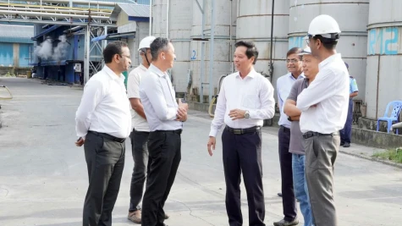

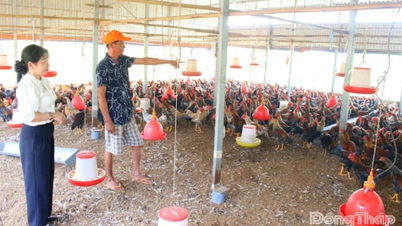
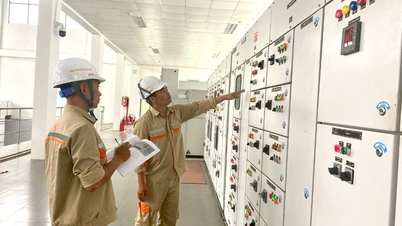









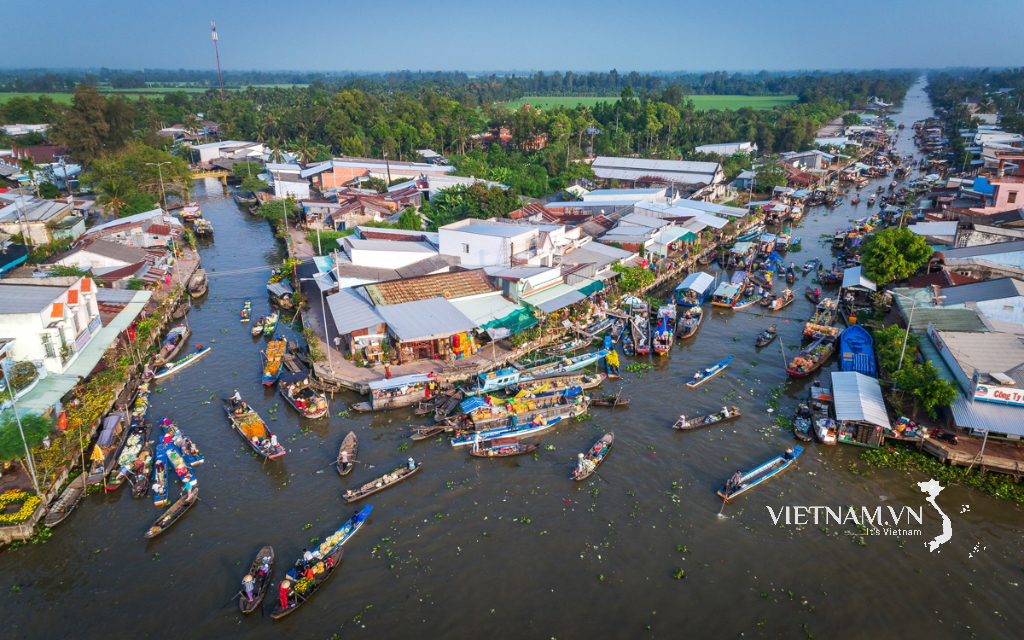






Comment (0)